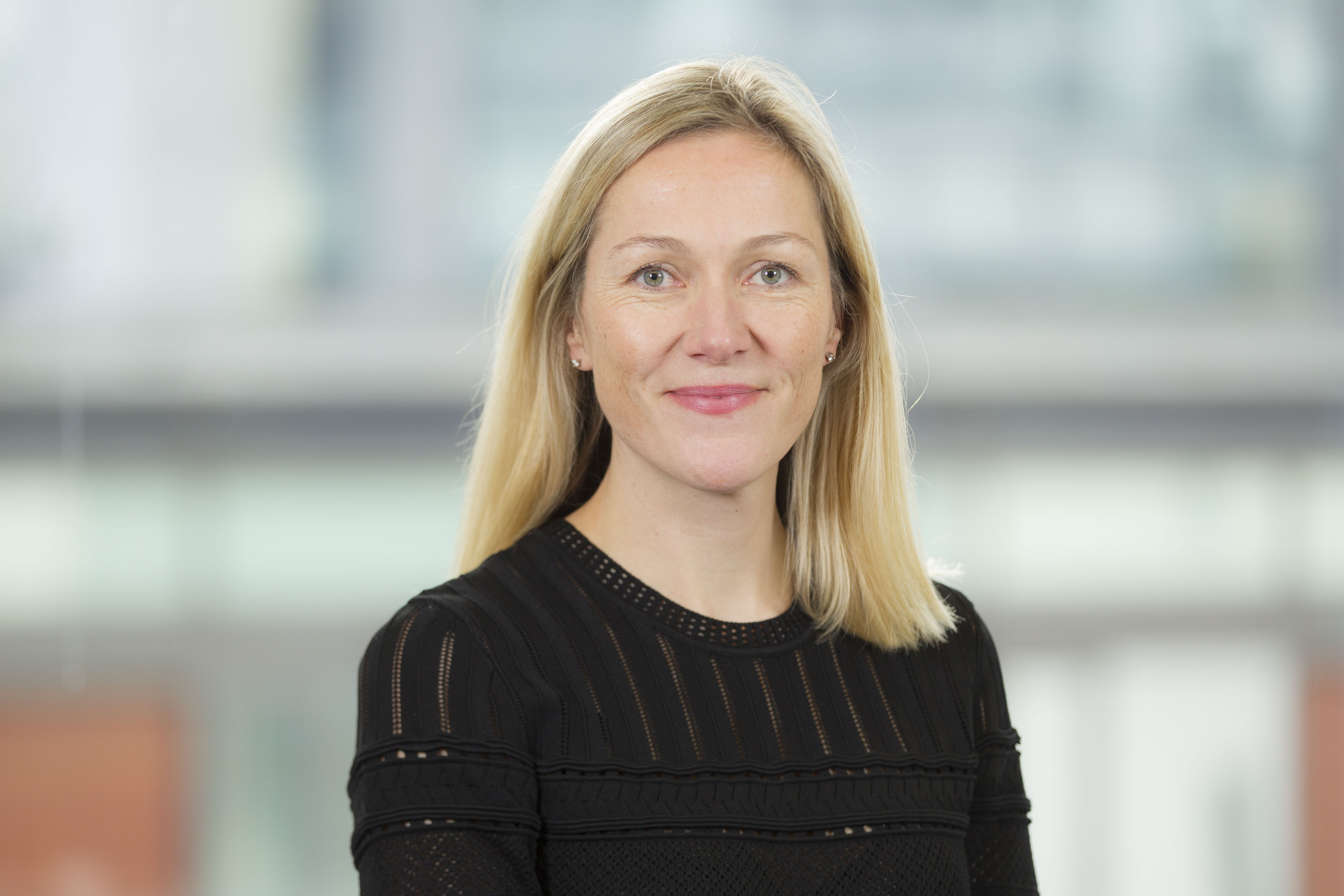Glasgow leads UK growth for hotel room costs as Edinburgh tops pile again
The cost of staying overnight in Glasgow grew by more than 3.5 times the national average last year, while Edinburgh remained largely static, according to PwC’s latest UK Hotels Forecast Update.
Over the year from January 1st 2018 Glasgow’s hotel sector was the fastest growing in the UK when measured by average daily revenue (ADR), with its 6.1% growth to £76.52 well ahead of the national average of 1.7%
Scotland’s largest city saw a huge 10.5% increase in the number of rooms on offer in the year to January 2019 as investors responded to an increased appetite from business and leisure travellers. As of January, there are 11,672 rooms available in Glasgow.
Occupancy rates in Glasgow slipped 1.7% to 80.7%, largely due to the opening of almost 1,000 new rooms, while the key Revenue Per Available Room (RevPAR) metric grew by 4.4% to £61.77, marking a successful year for hoteliers in the city, though growth has slowed from the 5.2% seen in 2017.
Edinburgh remained the most expensive place to spend the night in the UK outside of London, at £103.72, up 0.5% from the previous period. A reduction in occupancy rate however, to 82.9% from 83.6%, meant that RevPAR slid by 0.3% to £86.04. This follows +12.4% RevPAR growth in 2017.
Edinburgh hoteliers face further pressure from the Scottish Government’s proposed Transient Visitor Levy (TVL), which could add 2% or £2 to the cost per night of staying in the Capital. The measure has the support of councillors but requires legislation from the Scottish Parliament, which is not expected until next year.
Claire Reid, Head of Retail & Leisure for PwC in Scotland, commented:

“Edinburgh continues to enjoy the status of being the most in-demand city in the UK outside of London with an occupancy rate of 82.9%. While the key RevPAR metric may have fallen, Edinburgh’s hotel rooms remain the most expensive in any city behind London, which illustrates both the strength of the sector and the enduring appeal of our Capital City.
“This is reinforced when you consider that hotel operators in Edinburgh have been challenged more than anywhere else in Scotland by disruptive new accommodation offerings, and yet occupancy rate remains well above 80%.”
Edinburgh has seen almost 3,000 new rooms in the past five years and a further 2,000 are set to open this year and in 2020. New hotels to open this year include the Hyatt Regency (187 rooms), a Point A and a Yotel (280 rooms). In 2020 the Moxy Edinburgh Fountainbridge opens as well as the Voco Edinburgh (150 rooms).
There has also been investment at Edinburgh Airport, where record numbers of air travellers are increasing demand for on-site hotels. In January Marriott International opened a further Moxy hotel at the Airport.
The growth rate in rooms in Edinburgh of 3.9% was ahead of the UK average of 1.3%.
Claire Reid added:
“Investors clearly still have appetite in Edinburgh with a number of new openings lined up. We await the Scottish Government’s decision on the TVT with interest as its introduction would clearly drive up the cost of staying in Edinburgh, but there is as yet no indication of its impact on demand. With other UK cities looking at the tourist levy option it will be interesting to see what is decided.”
“Glasgow had an exceptional 2018, becoming the fastest growing city in the UK in terms of average daily rate. The opening of almost 1,000 new rooms has led to a reduction in RevPAR but with the lure of The SSE Hydro and the TRNSMT music festival along with the success of the city’s ongoing international charm offensive, we can expect a strong 2019 with an additional 1,400 new rooms opening in 2019 and 2020.”
In Aberdeen, the growing confidence in the local economy did not translate to growth in the city’s hotel sector. While the occupancy rate climbed 4.4%, it remained the lowest of the 22 UK cities analysed by PwC, at 64.8%. The average daily rate fell by 3.1% to £56.14, leading to a modest 1.1% increase in RevPAR to £36.36.
In January the 50 room Highland Hotel closed its doors, leaving Aberdeen with 136 hotels offering 7,030 rooms – down 2.1% on the previous year. However, the opening of the Sandman Signature Aberdeen Hotel and the proposal to develop the hospital site at Woolmenhill illustrates a willingness among investors.
Kevin Reynard, Aberdeen Senior Office Partner for PwC, commented:
“The stability that Aberdeen and the surrounding area craves is returning, of that there is no doubt. However it will take time to fully adapt following the ongoing impact of the 2014 collapse in the oil price. With less people required in Aberdeen on Oil & Gas business it follows that hoteliers will face challenges, and while those challenges remain it is encouraging to see an increase in RevPAR.
“The Aberdeen Harbour expansion is also likely to have a positive impact on the city with cruise ships set to arrive from 2020, while the opening of The Event Complex Aberdeen in the summer will increase demand for hotel rooms. Notably, a 4-star Hilton with 200 bedrooms and an Aloft Hotel with 150 bedrooms are scheduled to open close to the venue.”
UK Outlook
The outlook for hotel trading in the UK this year remains flat as a surge in room supply, slowing global and UK economic growth and ongoing uncertainty relating to Brexit is expected to provide a challenging environment for performance growth.
Average Daily Rate across the UK is forecast to continue to see growth with an uplift of 1.4% for the next two years taking ADR up £2 to £151 in 2019 and £153 in 2020. Gains in ADR will drive RevPAR growth by 1.7% in 2019, taking RevPAR to £126. In 2020, growth is anticipated to see a further 1.4% rise, taking RevPAR to £128.






